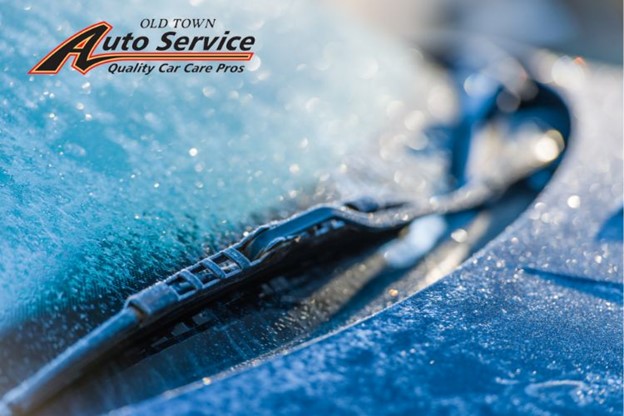When temperatures drop, your car faces some of the harshest conditions of the year. One critical system that ensures your engine runs smoothly through winter’s chill is your vehicle’s cooling system. Often overlooked, coolant (or antifreeze) plays a vital role in keeping your engine healthy and functional during cold weather. Let’s dive into why coolant is essential in winter and how to ensure your car’s cooling system is ready for the season.
What Does Coolant Do?
Coolant, also known as antifreeze, is a specially formulated liquid that circulates through your car’s engine to regulate temperature. It serves two primary purposes:
- Prevent Freezing: In cold temperatures, water in your engine’s cooling system would freeze and expand, potentially causing severe damage to engine components. Coolant lowers the freezing point, keeping the system functional even in sub-zero temperatures.
- Prevent Overheating: Despite the cold weather, engines generate significant heat while running. Coolant helps dissipate this heat, preventing overheating and ensuring optimal performance.
Additionally, coolant contains additives that prevent rust and corrosion, extending the life of your engine’s internal components.
Why Winter Coolant Maintenance Matters
1. Protection Against Freezing
Winter weather can cause the coolant to lose its effectiveness if it’s not at the proper mix of antifreeze and water (typically a 50/50 ratio). If the mixture is off, it might freeze, leading to cracked engine blocks or damaged radiators.
2. Efficient Heating
Your car’s heating system relies on hot coolant circulating through the heater core to warm the cabin. Proper coolant levels and quality ensure a comfortable ride, especially on frosty mornings.
3. Preventing Corrosion
Old or contaminated coolant can lose its anti-corrosion properties, leading to rust buildup in the radiator, hoses, and water pump. This can result in leaks, blockages, and costly repairs.
Signs Your Coolant Needs Attention
- Coolant Levels Are Low: Check your coolant reservoir regularly. If levels are consistently low, there may be a leak in the system.
- Discolored Coolant: Healthy coolant is typically green, orange, or yellow, depending on the type. If it appears rusty, cloudy, or has debris, it’s time for a change.
- Engine Temperature Warning Light: If this light comes on, your cooling system may not be functioning properly, and immediate attention is needed.
- Sweet Smell or Visible Leaks: Coolant has a distinct sweet smell. If you notice this odor or see puddles under your car, it could indicate a leak.
Winter Coolant Maintenance Tips
- Inspect Coolant Levels and Condition: Regularly check your coolant reservoir to ensure the levels are adequate and the fluid is clean.
- Test the Coolant’s Freezing Point: Use a coolant tester to check its freezing and boiling points. This ensures the mixture will perform optimally in extreme temperatures.
- Flush and Refill if Necessary: Over time, coolant can become contaminated. Flushing the system and refilling it with fresh coolant helps maintain efficiency.
- Inspect Hoses and Connections: Cold weather can cause hoses to crack or become brittle. Ensure all connections are secure and hoses are in good condition.
Choosing the Right Coolant
Not all coolants are the same. Different vehicles require specific types of antifreeze, so consult your owner’s manual or a trusted technician to select the correct product for your car.
Final Thoughts
Proper coolant maintenance is essential for keeping your engine safe and functional during winter. Ignoring this critical fluid can lead to costly repairs and dangerous breakdowns in freezing weather. At Old Town Auto Service, we’re here to help you prepare for the season with expert coolant checks, flushes, and winter readiness inspections.
Schedule an appointment today to ensure your car stays protected and performs at its best all winter long.

